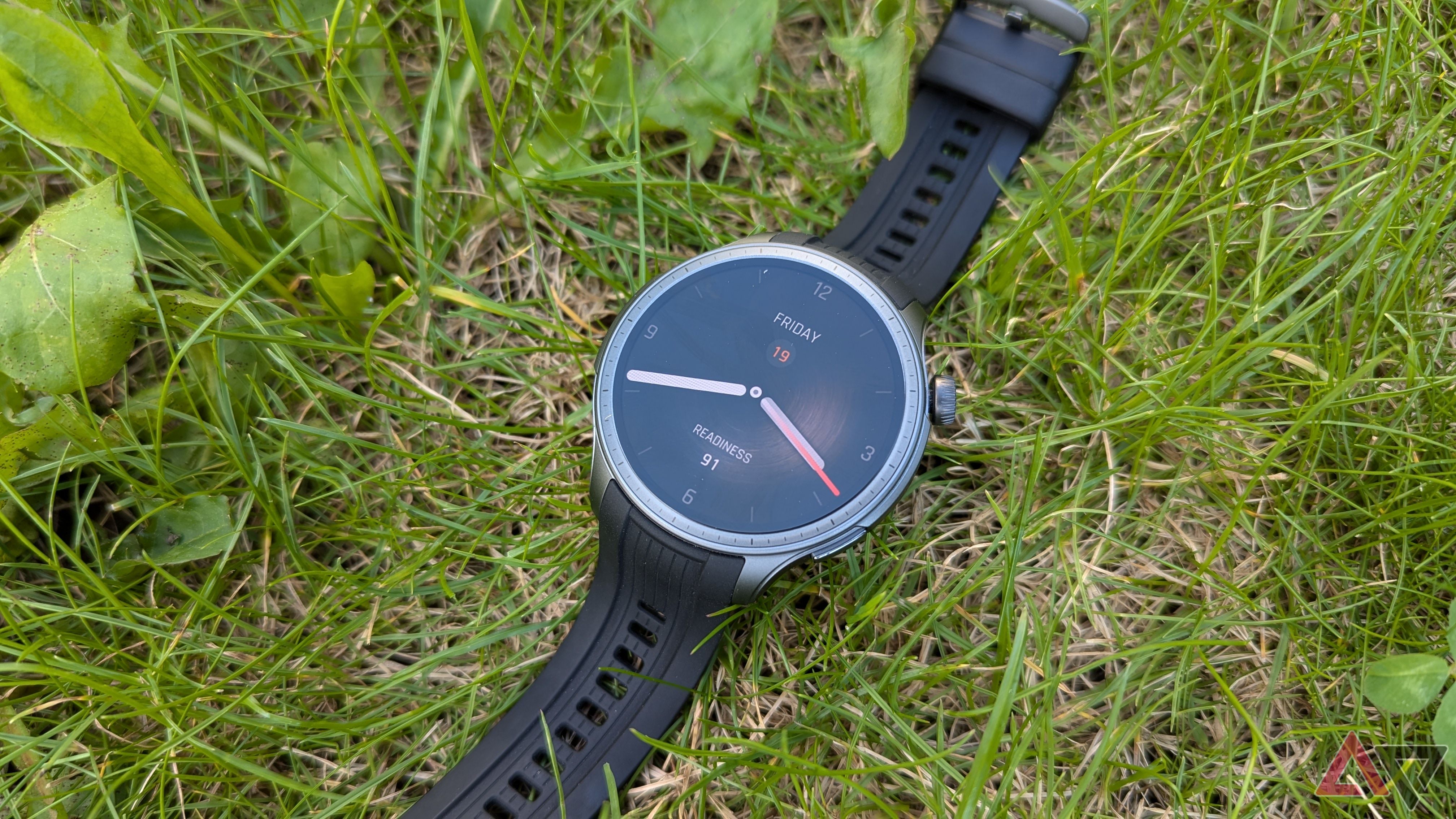In a world filled with smartwatches, it’s getting more difficult to see what really sets them apart. Of course, there are plenty of niche options, but it really comes down to your preference in style and maybe one or two unique features. So, where does something like the Amazfit Balance sit among the pricier and established competitors? One problem that’s plagued the world of smartwatches is battery, including the latest Samsung Galaxy 7, but that’s an issue the Amazfit Balance doesn’t have to contend with. This enduring wearable can last two weeks (and sometimes more) before needing juice, and that goes a long way if you’re after a reliable fitness tracker.
Its long-lasting battery life alone makes it stand out among the best smartwatches on the market, but the same can’t be said about its fully integrated AI, Zepp Flow. It’s hard to fault Amazfit for joining the forever-growing AI trend, yet its AI companion hinders interaction, and its AI coaching features are locked behind subscriptions. Regardless, from its competitive price tag to its wealth of health and fitness stats, the Amazfit Balance is still a smartwatch worth your attention.
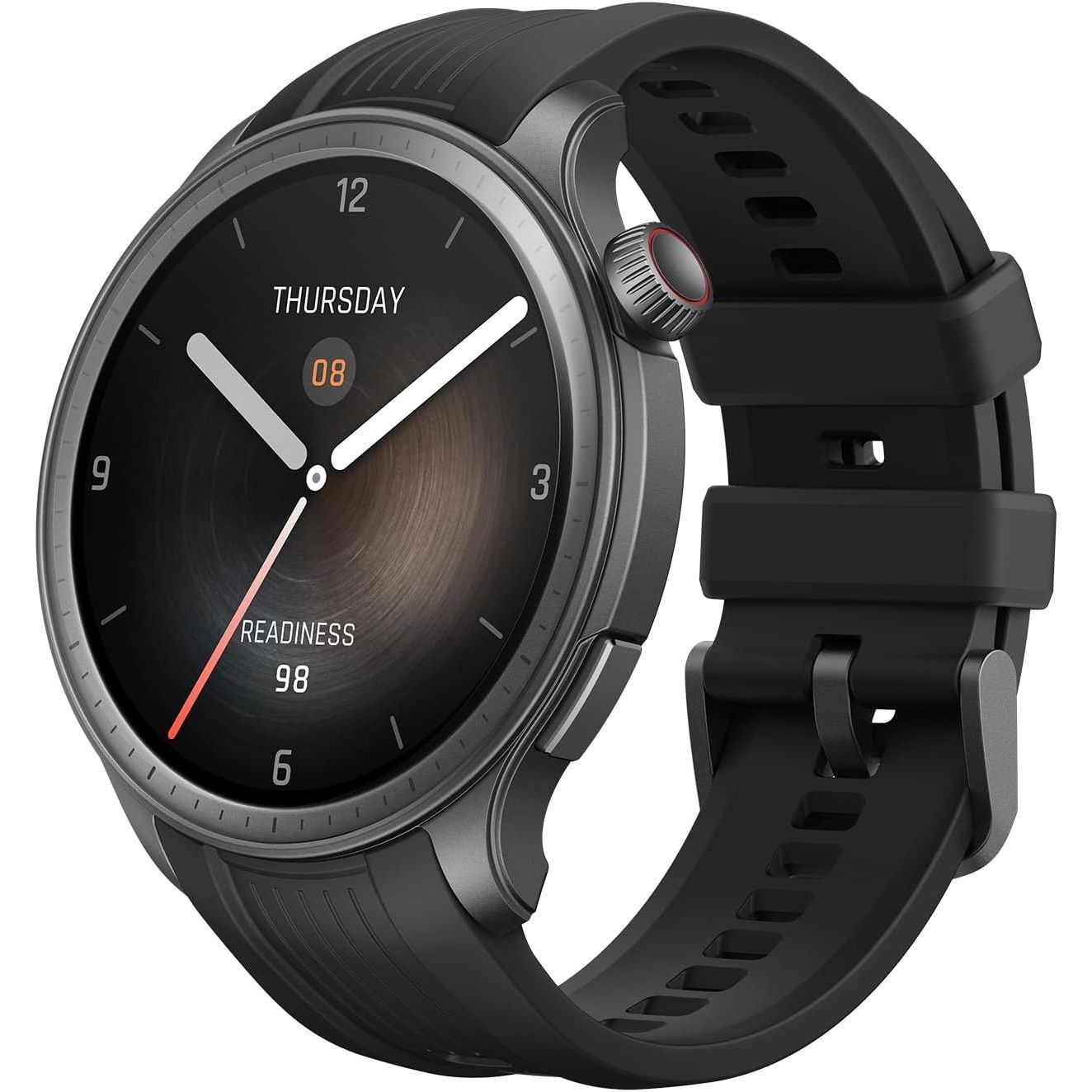
Best value
Amazfit Balance
The Amazfit Balance is a flagship smartwatch with a competitive price tag, giving it an edge over other premium wearables. With a bright, 1.5-inch AMOLED display, a two-week battery life, and a variety of health and fitness data it can gather, it’s a worthwhile fitness tracker for those after round-the-clock details about their daily activities. Its built-in Zepp Flow AI is more of a gimmick, and its app interface can be overwhelming, but with the over 150 workouts it can track and its classic watch aesthetic, it makes for a great fitness companion.
- Outstanding battery life
- Durable and comfy classic watch appeal
- Wealth of accurate health and fitness data
- More affordable than most
- Built-in AI is lackluster
- Settings can be overwhelming
- Body composition can be questionable
Price and availability
The Amazfit Balance is priced at $230, well below other flagship wearables. Many of the best smartwatches, including the Samsung Galaxy Watch 6 and Garmin Venu 3, are $300 and upwards, and the Balance comes with similar premium features. One noteworthy caveat is that the Balance runs on Zepp OS instead of Wear OS. While it has improved over the years, Zepp OS is limited in its app library and compatibility with well-known third-party services compared to Wear OS. Suffice to say, its software isn’t as rich.
Still, it offers flagship qualities, and the Amazfit Balance is set at more of a mid-range price — especially compared to its wide selection of smartwatches and fitness trackers. For example, the Amazfit Band 7 fitness tracker costs $50, while its premium Falcon will set you back $500. Like its namesake, it balances affordability and flagship and fits the mold well. The Amazfit Balance comes in Midnight and Sunset Gray and special edition models such as Lagoon, Woodland, Meadow, and Deep Sea. It is available through multiple retailers, including Amazon, Best Buy, and Amazfit.
What’s good about the Amazfit Balance
Stays on your wrist for longer
Packed with a bright 1.5-inch AMOLED touchscreen in a light but durable aluminum frame, the Amazfit Balance is a simple yet slick-looking smartwatch. By design, it isn’t unlike the Galaxy Watch series, but it offers more of a traditional watch appeal rather than feeling “techy.” That’s a bonus for those who enjoy that classic look, especially as a daily watch to match outfits. It’s comfortable to wear, too, with multiple holes to get the right fit.
Despite its 46mm size and large display, the Balance doesn’t feel or look clunky, which works in favor of interacting with it. Texts, messages, and apps are easy to read, and the wearable’s size makes navigating around the watch a breeze. It’s a good thing, then, that Zepp OS is zippy. I didn’t experience any lag or stutters — just smooth and speedy interactions. Moreover, the digital crown isn’t just for show; it can scroll up and down apps with haptic feedback.
It’s fair to say that many of us want our smartwatches to stay on our wrists for as long as possible (we want every step to be counted, after all). With the Amazfit Balance’s 475mAh battery capacity, expect it to stay latched on for around two weeks without needing a charge. That puts many of the best smartwatches to shame, including the OnePlus Watch 2 with its four-day battery life, and even beats some fitness trackers. It can go well beyond this in power-saving settings like Clock Mode (a claimed 50 days), but that’s only for desperate measures.
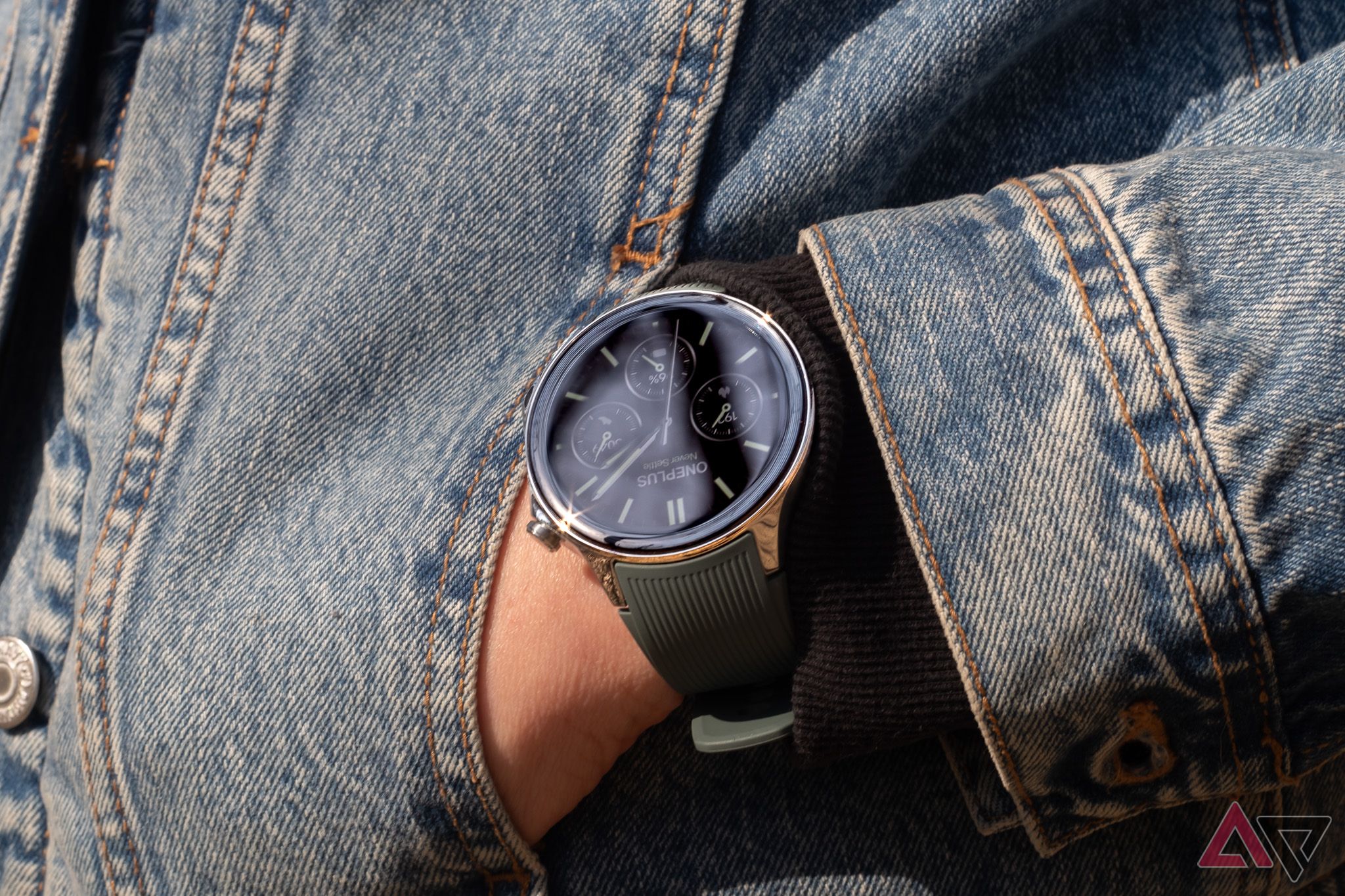
Read our review
OnePlus Watch 2 review: Worth it for the battery alone
With two chipsets and two operating systems, the OnePlus Watch 2 offers revelatory battery life — but not much more
Using it every day to track my workouts, whether it be long walks, runs, or weight training, the Balance’s battery only went down by 3%-5% in each hour-long session — and that’s with the always-on display turned on. Compare that to, say, my Pixel Watch 2 (which is more expensive), and you’ll wonder how you made it through a day without charging your smartwatch. It makes the Balance a great option for those who often go on multi-day hikes. Even better, after going down to 3% after 14 days, it took just over an hour to charge it back up to full.
Prepare for plenty of fitness and sleep data, as the Amazfit Balance gathers a lot from your workouts and sleep routines. With over 150 workouts, the smartwatch will show an accurate heart rate and distance using its reliable dual-band GPS, pace, cadence, elevation, aerobic and anaerobic performance, VO2 max, recovery time, and plenty more. Many of these workouts are simple copy-and-paste templates (like polo, darts, and even chess), but main exercises like running, strength training, and swimming offer a lot of information.
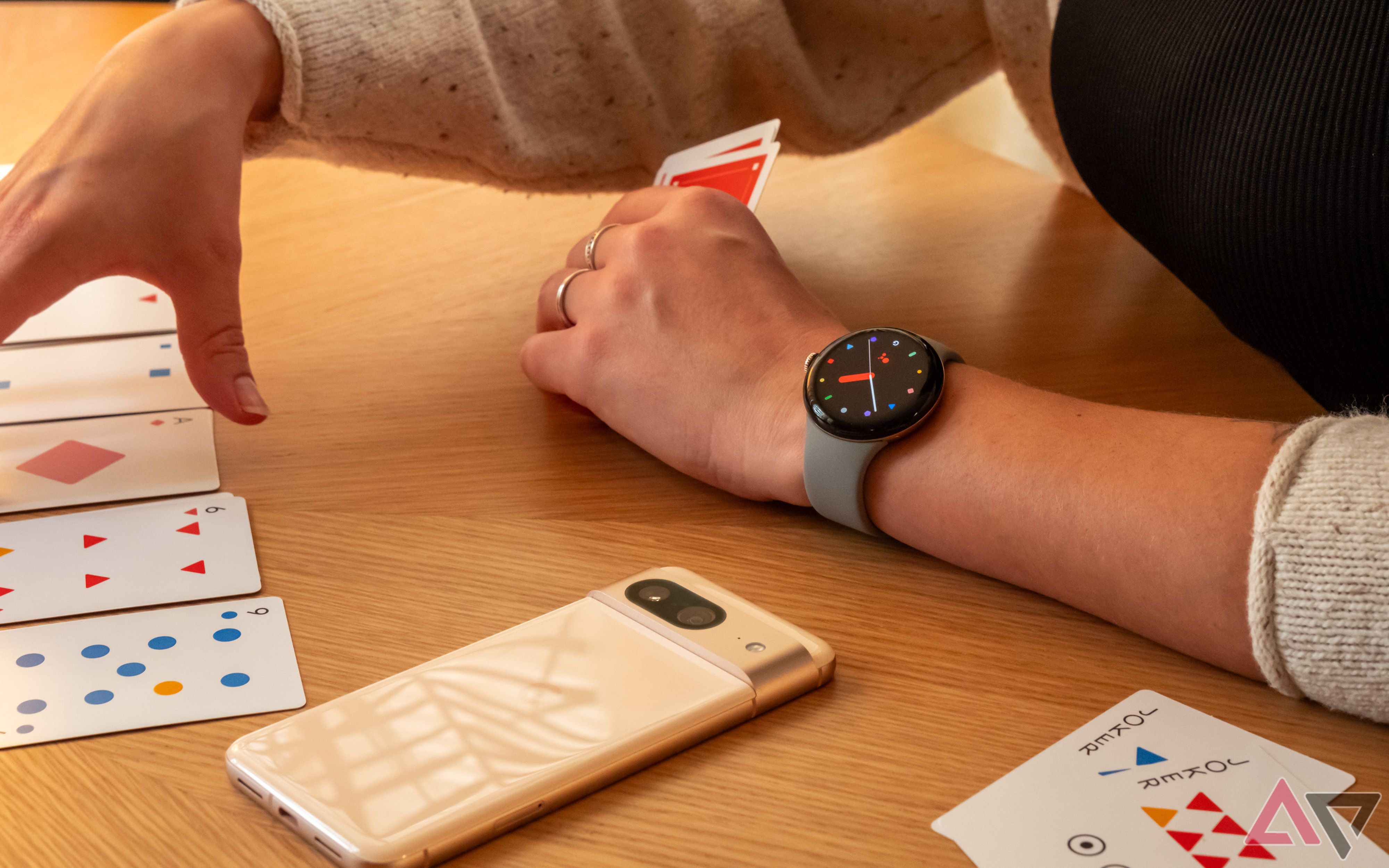
Read our review
Google Pixel Watch 2 review: The watch we wanted last year
Reliable battery life and improved fitness tracking, wrapped up in a near-identical package
You’ll also find the usual flagship smartwatch health features like heart rate tracking, blood oxygen monitoring, and a temperature sensor. This all plays into the daily Readiness score, similar to Garmin’s Body Battery. To learn more about how this score works, I reached out to Amazfit Product Lead, Gregory Herd, and he stated that it’s a culmination of your quality of sleep and your daily activities.
It’s a handy way to know how well you may perform during the day, especially if you’re up for a workout. Of course, listening to your body is the best way to know how “ready” you are, but it’s another set of data to give you an extra push if needed.
What’s bad about the Amazfit Balance
We need to (not) talk
Before talking about the AI elephant in the room, there’s another health metric the Amazfit Balance can track: body composition. By placing two fingers on its digital crown and button, it will measure your BMI, muscle mass, water levels, basal metabolism, bone mass, skeletal muscle, body fat, and protein levels. That’s a lot of data, and it’s based on your height, weight, and gender you input.
However, while some of this seemed close, I was skeptical about many of these readings. For example, I’m not sure how it could read my protein intake, but it stated it was quite low. I beg to differ, as my diet has relatively recently consisted of nothing but. Keep an eye out for these readings, and don’t expect to rely on these for medical purposes (as stated in Amazfit’s policy).
Zepp Flow, Amazfit’s fully integrated AI assistant thanks to Zepp OS 4.0, is also hard to trust. It aims to let you use the Balance without touching it, as all you need to do is ask it to open an app or start a workout. The thing is, you do need to long-press the dial to start it up, and it takes too long to access what you need.
For one, it’s faster to manually get to an app thanks to Zepp OS’ snappy interface, and talking to your watch in virtually all public settings isn’t ideal — especially if these settings are noisy. It works better as a Google Assistant for Android smartwatches, letting you set timers, ask about the weather, and perform other similar tasks. Otherwise, its AI is far from groundbreaking.
Other AI features include Zepp Coach and Zepp Aura, which can act as your personal fitness and sleep couch, respectively. This is locked behind a paywall, though. While it’s an interesting feature to take advantage of, especially as it offers results based on collected data, it’s hard not to see anyone head over to Google Gemini or other free AI tools to get similar results.
As for Zepp OS itself, Amazfit has done a great job building its custom software for its wearables over the past year. Featuring its own library of over 150 apps and games, it’s capable enough to share a space with Wear OS. However, these apps aren’t as prominent as those found on Wear OS, and it doesn’t offer the same third-party support as Google’s software. While you can link accounts to third-party services like Strava, Amazon Alexa, and Adidas Running, don’t expect popular apps like Spotify, WhatsApp, Google Maps, and others.
Another slight chink in its armor is its intimidating app interface on smartphones and many app icons on the watch. It can be confusing to navigate at first, especially if you’re trying to customize a workout plan to add reps or scrolling through apps to find the torch (it’s on the second page of quick settings). It’s fine to get through once you get the hang of it and know where your most-used features are.
Should you buy it?
The Amazfit Balance does wonders with its extended battery life, so if you’re after a stylish, lightweight smartwatch that lasts to check messages or track your steps and sleep, this is one of your best options, considering its price. What you’ll get in return is a wearable with excellent health and fitness monitoring (bar its body composition data) for all types of exercise, making it a great fit for runners, hikers, and active people looking to get more out of their workouts.
If you’re looking for a new AI tool, this won’t be it. Think of it more as a cherry on top a cake; nice to see but there’s better stuff below. Its user interface isn’t as friendly as other smartwatches, as there are a lot of settings and apps to contend with. You’ll also get plenty of stats to check out and tinker with. For those looking for a capable fitness smartwatch without worrying about its battery, the Amazfit Balance will take you far.

Best value
Amazfit Balance
The Amazfit Balance is a flagship smartwatch with a competitive price tag, giving it an edge over other premium wearables. With a bright, 1.5-inch AMOLED display, a two-week battery life, and a variety of health and fitness data it can gather, it’s a worthwhile fitness tracker for those after round-the-clock details about their daily activities. Its built-in Zepp Flow AI is more of a gimmick, and its app interface can be overwhelming, but with the over 150 workouts it can track and its classic watch aesthetic, it makes for a great fitness companion.
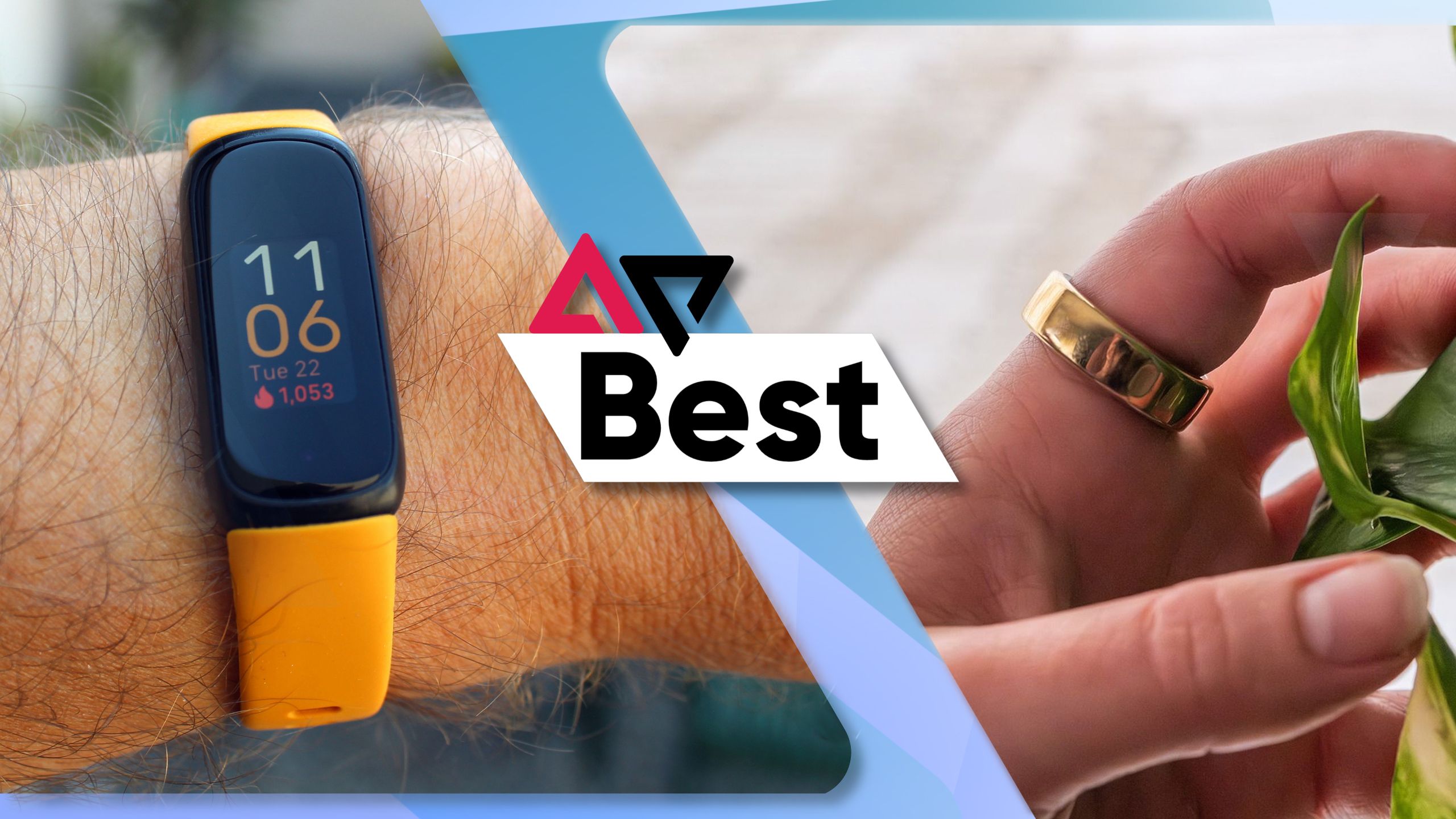
Related
Best fitness trackers in 2024
The top tech to track both your fitness and health in one handy device
Source link

